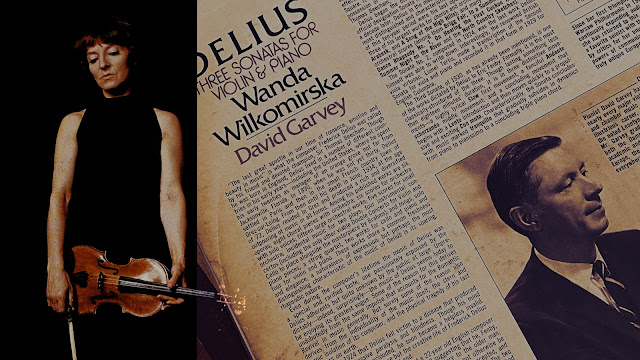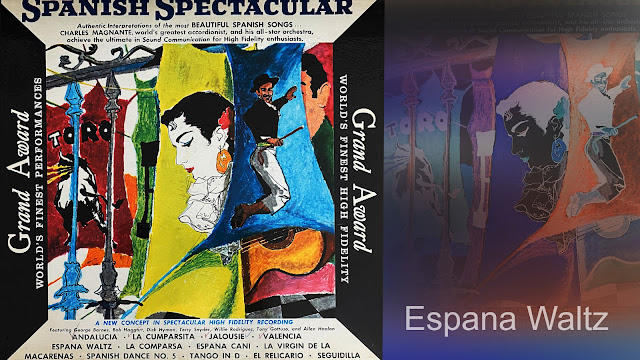Posts
Showing posts from August, 2020
Night Shift Blues (Edmond Hall's Blue Note Jazzmen)
- Get link
- Other Apps
Delius Viloin and Piano Sonata No 2
- Get link
- Other Apps
Still Life with the Morning Glory Organic Only Vegan Society Small Group
- Get link
- Other Apps
Charles Magnante - Espana Waltz (B. B. Monterde)
- Get link
- Other Apps
Emil Sauer plays Liszt Piano Concerto No 2 in A Major
- Get link
- Other Apps
Jacques Offenbach - The Tales of Hoffmann [Act 1 and Act 2 part 1]
- Get link
- Other Apps
Charles Magnante - La Comparsa (Ernesto Lecuena)
- Get link
- Other Apps








